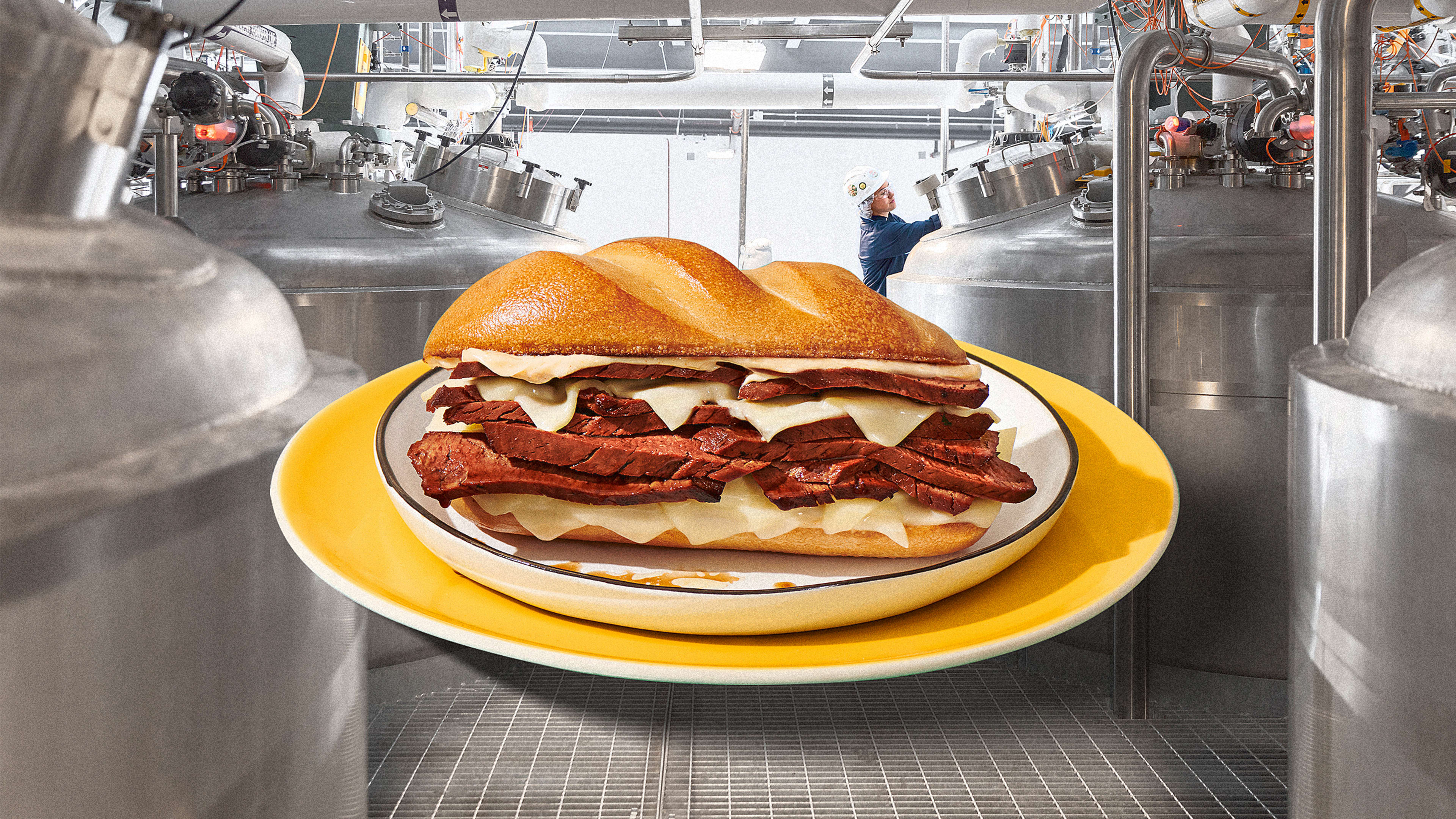After growing up in rural Montana, Tyler Huggins might have ended up working on a traditional ranch. His parents now raise grass-fed bison in Nebraska. But when Huggins decided to work in meat production, he did it very differently: The startup he cofounded, Meati, makes chicken and steaks from mushroom roots, thread-like fibers that can be transformed into food that tastes uncannily like the versions made from animals.
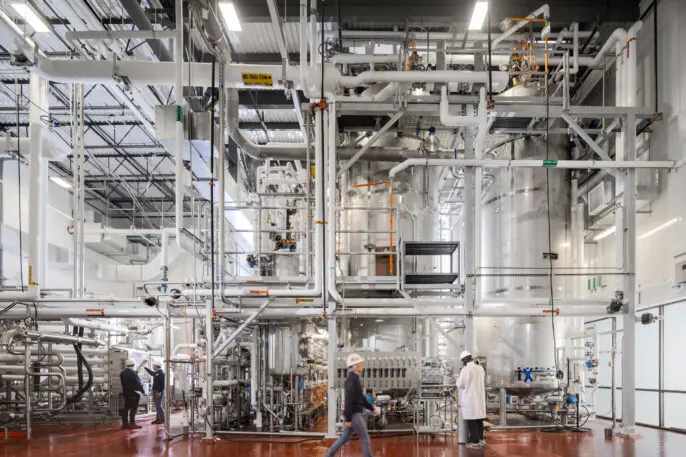
Inside a sprawling new factory in a Denver suburb, the company—which has raised more than $250 million to date—is now scaling up for mass production. As it reaches full operation later this year, it will be able to make tens of millions of pounds of its products annually, a scale comparable to the largest cattle ranches in the U.S., while using perhaps 1% of the land in its entire supply chain.
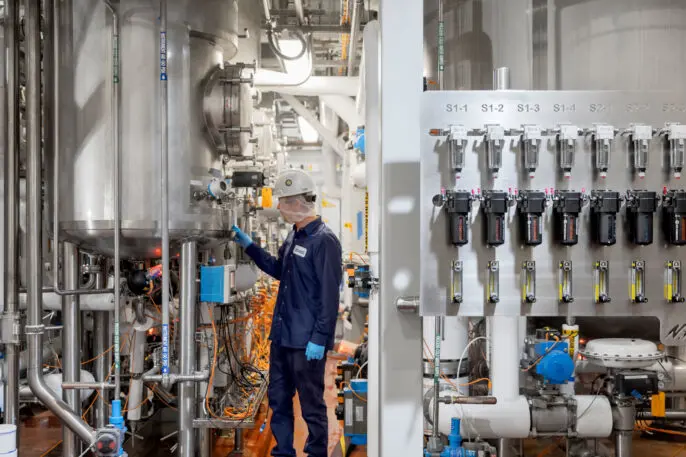
Using mushroom roots, or mycelium, makes it possible to better mimic the texture of meat. The process starts in massive stainless steel vessels, similar to the fermentation tanks used in a brewery, with bubbling sugar water that helps the mushroom roots quickly grow. “We want to take the natural process and bring it indoors, and provide the right conditions so it grows and thrives,” Huggins says. By tweaking the temperature and nutrients, he says, it’s possible to get the ideal yield, nutrition, and texture.

After harvesting the microscopic fibers, the next step is aligning them into patterns that replicate muscle structure. (For competitive reasons, the startup won’t share the details of how this works.) “There’s no waste,” Huggins says. “We’re not extracting anything from it. This is truly a whole food.” It’s combined with a short list of other ingredients: The company’s “classic steak” is made with mushroom root, salt, natural flavor, oat fiber, and fruit and vegetable juice for color, along with lycopene, the compound that makes tomatoes and other foods red.
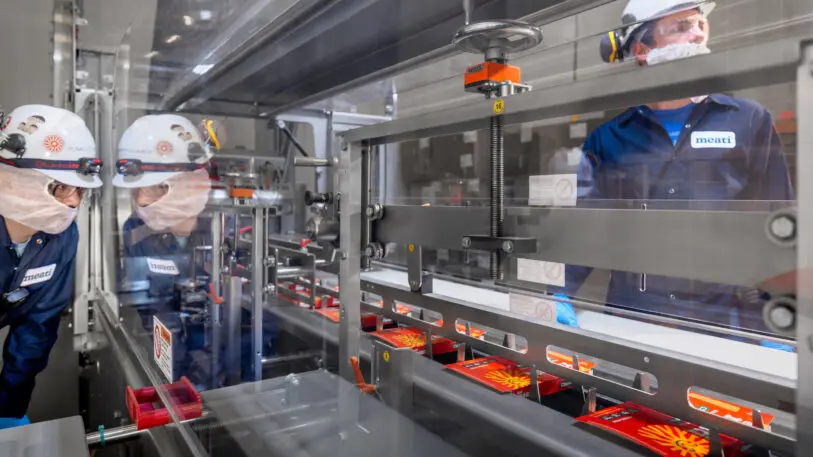
The mushroom root helps make the products nutritious, with 17 grams of complete protein in one of its “chicken” cutlets (comparable to actual chicken) and essential vitamins found in meat like iron and vitamin B. Unlike meat, it has no saturated fat, cholesterol, growth hormones, or antibiotics. It also has eight grams of fiber.
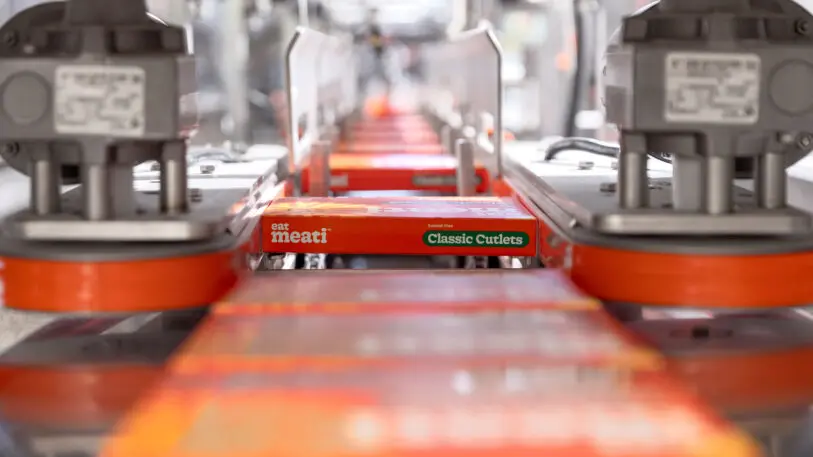
Since the startup launched in 2019, it has been selling its limited production runs directly to consumers online and in a small number of stores in Colorado and Arizona. With the new facility, which is partially built and running now, it plans to expand to more than 7,000 locations nationally, both in retail stores and restaurants, by the end of 2023.
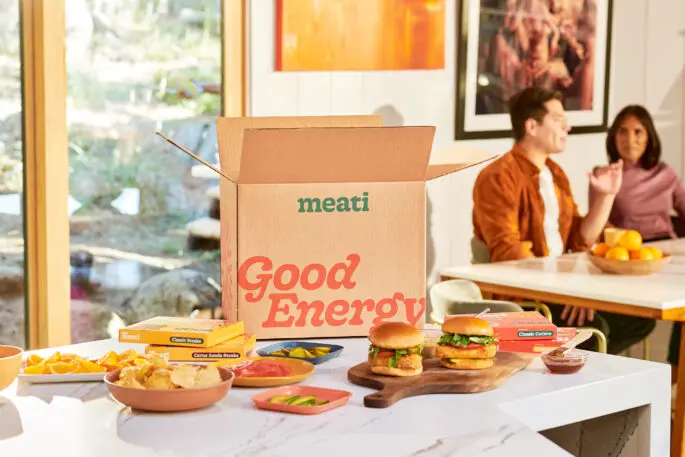
While some plant-based meat sales have been slowing—refrigerated plant-based meat sales dropped 13.5% in 2022 compared to 2021—frozen plant-based meat sales grew last year, even as prices rose. Meati, which will sell frozen products, expects strong demand and has seen its online direct-to-consumer sales sell out in minutes. The taste and texture are arguably better than some alternatives (in an earlier taste test, a Fast Company editor found the chicken delicious and was impressed with the texture of the steak, though not the flavor). Some consumers are also looking for meat alternatives with a “clean” ingredient list that avoid additives.

The company is already planning for larger production facilities and quick growth, though it will take a collective effort among startups to make an impact, Huggins says. “Even if we build 100 of these mega ranches around the world, we’re looking at 1% of overall meat consumption,” he says.
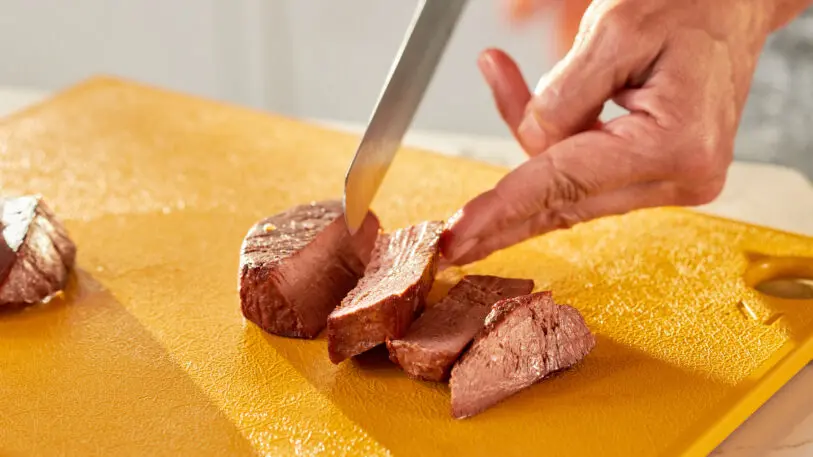
He doesn’t think traditional meat production will ever be replaced, though he sees the struggles that ranchers are facing. “Beef or bison production is brutal,” he says. “It’s tough on the land. It’s tough on people and equipment, and it’s tough on the animals. They’ve been having one of the worst droughts in the last 20 years in Nebraska, and our neighbor has had to liquidate his whole herd at pennies on the dollar.”
When he talks to ranchers, he explains why he’s taking a different approach. “I tell them, right now, I could produce the meat equivalent of a cow overnight, night after night, with just a handful of people,” he says.
Recognize your brand’s excellence by applying to this year’s Brands That Matter Awards before the early-rate deadline, May 3.
